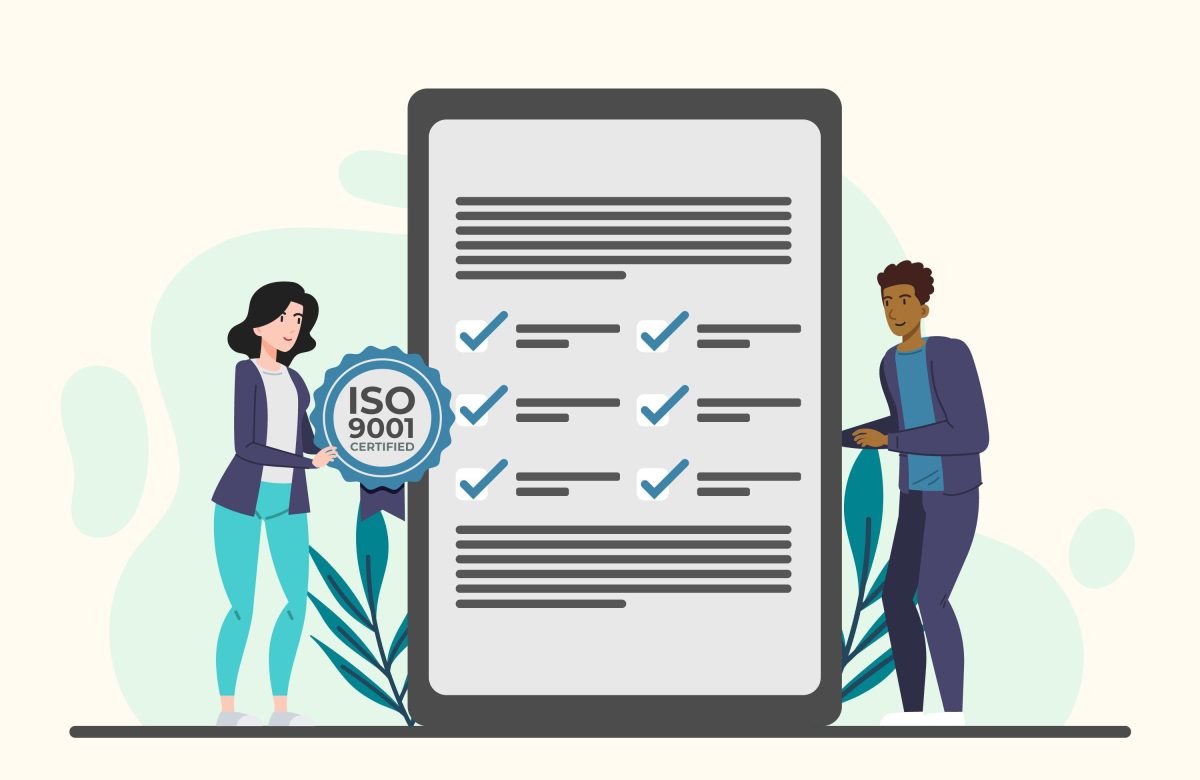How to use content personalization for engagement

In the digital landscape, where information overflow is a constant challenge, content personalization has emerged as a game-changer. Tailoring your content to meet the unique preferences and needs of your audience can significantly boost engagement, foster meaningful connections, and drive desired actions. In this blog, we’ll explore the art of using content personalization to captivate your audience, deepen relationships, and ultimately achieve your marketing goals.
1. Understanding the Power of Content Personalization
Content personalization involves delivering tailored content to individuals based on their demographics, behavior, preferences, and past interactions. It moves beyond the one-size-fits-all approach, allowing you to connect with your audience on a more personal level. According to a study by Epsilon, 80% of consumers are more likely to make a purchase when brands offer personalized experiences.
2. Know Your Audience Inside Out
Effective content personalization begins with a deep understanding of your audience. Create detailed buyer personas that encompass demographics, interests, pain points, motivations, and challenges. This information will be the foundation for crafting content that resonates with your audience on a personal level.
3. Segment Your Audience
Segmentation is a powerful tool for personalization. Divide your audience into smaller groups based on shared characteristics, behaviors, or preferences. This segmentation enables you to create content that speaks directly to the unique needs and interests of each group.
4. Leverage Behavioral Data
Behavioral data, such as browsing history, purchase behavior, and engagement patterns, provides valuable insights into your audience’s preferences. Use this data to deliver content recommendations, product suggestions, and targeted messages that align with their past interactions.
5. Craft Compelling, Relevant Content
Once you’ve segmented your audience and gathered insights, focus on crafting content that speaks directly to each segment’s interests and needs. Whether it’s blog articles, emails, videos, or social media posts, the content should provide value and relevance, making the audience feel that you understand their unique concerns.
6. Dynamic Content and Personalization Tokens
Dynamic content allows you to display different content to different segments within the same email or web page. Incorporate personalization tokens, such as the recipient’s name or location, to make the content feel more tailored and relevant. This level of personalization enhances the user experience and increases engagement.
7. Implement Recommendation Engines
For e-commerce businesses or content platforms, recommendation engines are invaluable. They analyze user behavior and preferences to suggest products, services, or content that align with the individual’s interests. This not only enhances engagement but also drives conversions and revenue.
8. Optimize Email Personalization
Email remains a potent tool for engagement, and personalization can take it to the next level. Beyond using the recipient’s name, personalize subject lines, content, and calls to action based on their preferences and behaviors. A study by Experian found that personalized emails generate six times higher transaction rates.
9. A/B Testing for Refinement
A/B testing is an essential part of optimizing your personalization efforts. Test different variations of personalized content to see which resonates better with each audience segment. Use the results to refine your approach and achieve higher engagement rates over time.
10. Embrace Social Media Personalization
Social media platforms offer various tools for content personalization. Tailor your posts to specific audience segments, use location-based targeting, and engage with users based on their interactions. This level of personalization can enhance your brand’s social media presence and strengthen connections.
11. Listen and Respond
Personalization isn’t just about pushing content; it’s also about listening and responding. Encourage your audience to provide feedback, engage in conversations, and share their opinions. Use this input to refine your personalization efforts and show that you value their input.
12. Stay Ethical and Transparent
While personalization is powerful, it’s crucial to maintain transparency and respect user privacy. Obtain consent for data usage, clearly communicate how you’re using personal information, and provide opt-out options for those who prefer not to receive personalized content.
Conclusion
Content personalization is a strategic approach that empowers brands to forge deeper connections with their audience. By understanding your audience, leveraging data, and crafting relevant and compelling content, you can create experiences that resonate on a personal level. Whether through emails, social media, websites, or recommendation engines, personalization enhances engagement and drives desired actions. Remember that the key lies in authenticity – genuinely understanding and catering to your audience’s preferences – which ultimately leads to meaningful and lasting relationships with your customers.




